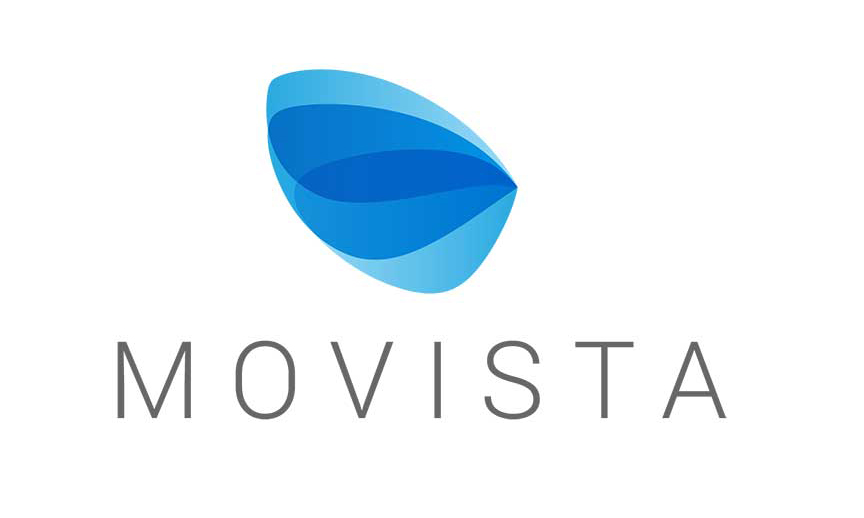Sponsored content
by Movista / a Software as a Service company
Leading an effective team can require some finesse and the right insights to motivate people and get everyone moving in the right direction—toward success.
 To lead an effective team, it’s important to get everyone focused on the goal line. The best way to achieve this? Communication. By sharing clearly defined goals and objectives with the broader team, you’ll help ensure that everyone understands the why and how of the vision—as well as their part in reaching the goal.
To lead an effective team, it’s important to get everyone focused on the goal line. The best way to achieve this? Communication. By sharing clearly defined goals and objectives with the broader team, you’ll help ensure that everyone understands the why and how of the vision—as well as their part in reaching the goal.
To make this scalable, you can leverage tools, like the One by Movista platform, to help you create efficiency in several ways. You are enabled to deliver plans to everyone on the team by role. You can communicate direction to your team, assign tasks, share information, images, videos, audio files, spreadsheets, PDFs or even send surveys for responses. Having an all-in-one solution—like that offered by Movista—allows companies to manage operational needs and communication from within a single interface, rather than requiring your teams to work through processes in several different applications.
What are some of the keys to maintain momentum on your high-performing team?
Generate excitement
When you can get people excited about what they are doing, you get more highly engaged workers. Empower your teams and encourage them to try new things or find new solutions to problems by giving them more wiggle room to think outside the box. When someone feels like they have the autonomy to make an impact to the business—and are trusted to make the right choice for the business—they’ll be more invested in the outcomes and find new ways to contribute.
Manage stress
Stress takes a toll, not just on individuals but on businesses as a whole. Too much constant stress impacts the immune system and, as a result, stressed-out workers tend to get sick more often. Those absences can slow down or stall projects and add extra work to other teammates—all of which impacts your bottom line.
By creating an environment that promotes physical, emotional and social well-being, you are setting people up to be more successful, engaged and happier employees. By offering perks, like gym memberships, gift cards for achieving big milestones or taking the team on fun monthly outings, you’ll show your employees that A) their well-being is a priority and B) they are appreciated. You may be surprised at how much new energy this brings into your workplace.
Focus on next steps
Sometimes, to help your team understand their goals, you have to get them thinking about how to begin with the end in mind. Instead of keeping your eyes on the horizon, it helps to measure each tactic you’re trying against whether or not it’s moving you closer to your target.
This helps protect against the inefficiency of spending too much time trying to determine every possible scenario to best reach a goal. You can focus instead on how the very next step will move your company closer to success, and you can avoid any case of the dreaded “analysis paralysis.”
Communicate
Beyond creating transparency and consistency in your organization, bringing your team together periodically, communicating directly with one another and having resources to allow everyone to provide constant feedback are some of the best ways to build strong teams and do your best work.
You can also create a strong sense of teamwide ownership when you involve other people. You can update others on any obstacles you encounter and may even be able to collaborate cross-functionally to find solutions. When everyone has visibility to the needs of the project, you can keep things moving smoothly and efficiently.
Finding the things that work best for your business model, team dynamic and office structure can take some tinkering, but once all the right pieces are in place, people can operate confidently, knowing exactly what is expected of them. They can trust the plan and work efficiently—creating an environment for employees who will actually be happy to come to work every day, rather than dreading it. The impact of collaborating and communicating consistently with your people will have long-term dividends for you and for your team.


